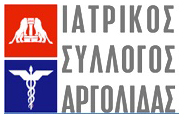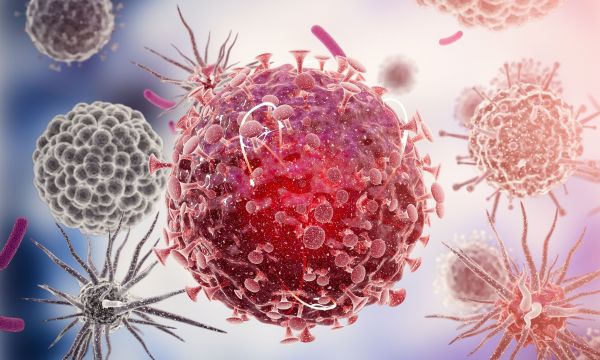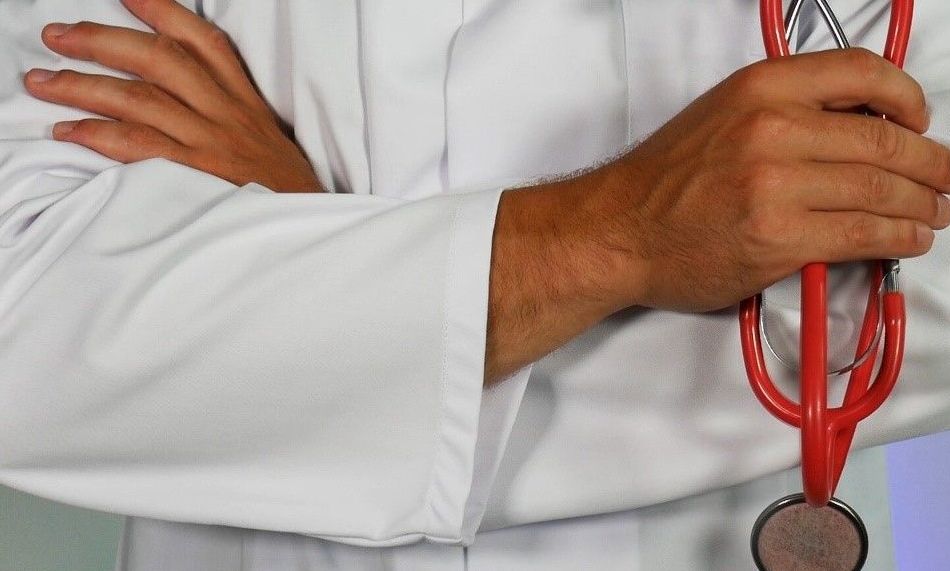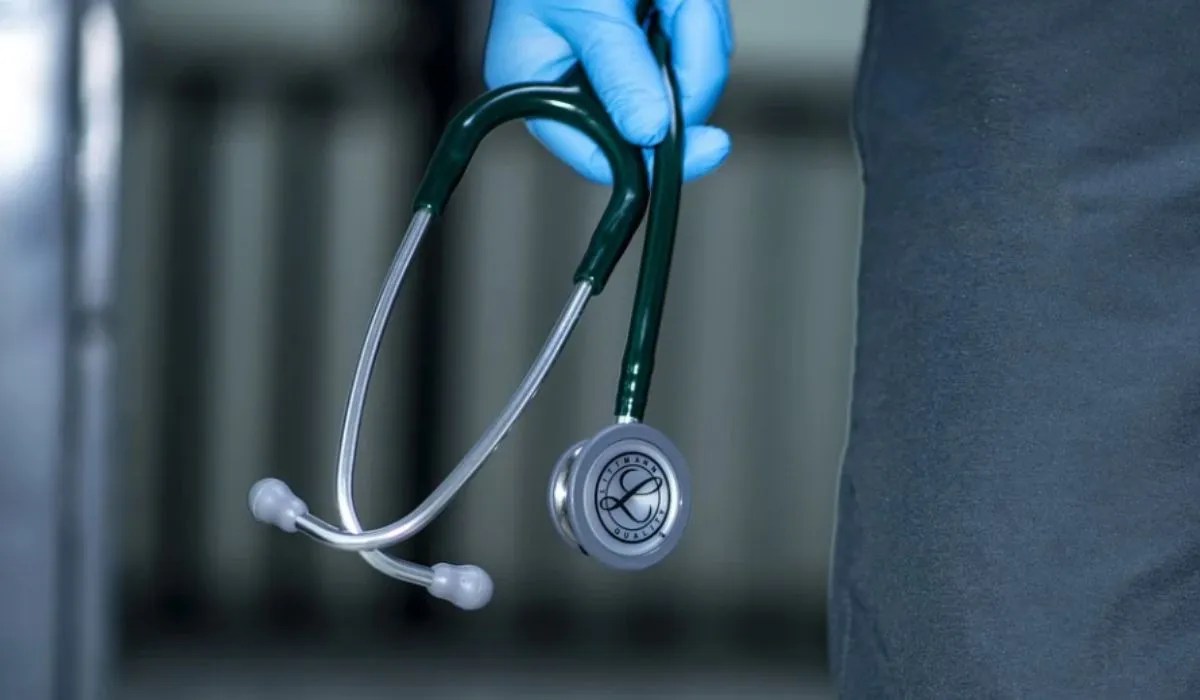Pharyngeal and Nasal Swabs May Not Have Adequate Sensitivity for SARS-CoV-2
March 17, 2020
Daniel Kaul, MD reviewing
A study from three hospitals in China of proven SARS-CoV-2 patients demonstrates variable positive rates depending on the sample tested.
Wang W et al. Detection of SARS-CoV-2 in different types of clinical specimens. JAMA 2020 Mar 11; [e-pub]. (https://doi.org/10.1001/jama.2020.3786)
In 205 patients with proven COVID-19 (based on isolation of SARS-CoV-2 at least one site), investigators at three hospitals in China (Hubei and Shandong provinces and Beijing) obtained pharyngeal swabs 1 to 3 days after admission. In addition, samples of blood, sputum, feces, urine, nasal swabs, and bronchial brush or bronchoalveolar lavage (BAL) fluid (for intubated patients) were obtained periodically throughout the illness. Testing consisted of reverse-transcriptase polymerase chain reaction. The 205 patients contributed a total of 1070 specimens; they had a mean age of 44 years (range, 5–67 years).
With the denominator indicating specimens obtained (not patients), BAL fluid was positive in 14/15 (93%), sputum 75/104 (72%), nasal swabs 5/8 (63%), brush biopsy 6/13 (46%), pharyngeal swabs 126/398 (32%), feces 44/153 (29%), blood 3/307 (1%), and urine 0/72 (0%). Nasal swabs contained the most virus. In two patients SARS-CoV-2 was found in formed stool.
EDITOR DISCLOSURES AT TIME OF PUBLICATION











COMMENT
While certainly not definitive, this study raises concerns about “ruling out” COVID-19 on the basis of combined pharyngeal and nasal swabs obtained at a single time point. Sensitivity will also depend on the technical characteristics of the test and method of specimen collection. The presence of SARS-CoV-2 in the stool suggests another possible route of transmission. Viremia was uncommon but indicates the possibility of transmission from at least some infected deceased organ donors.